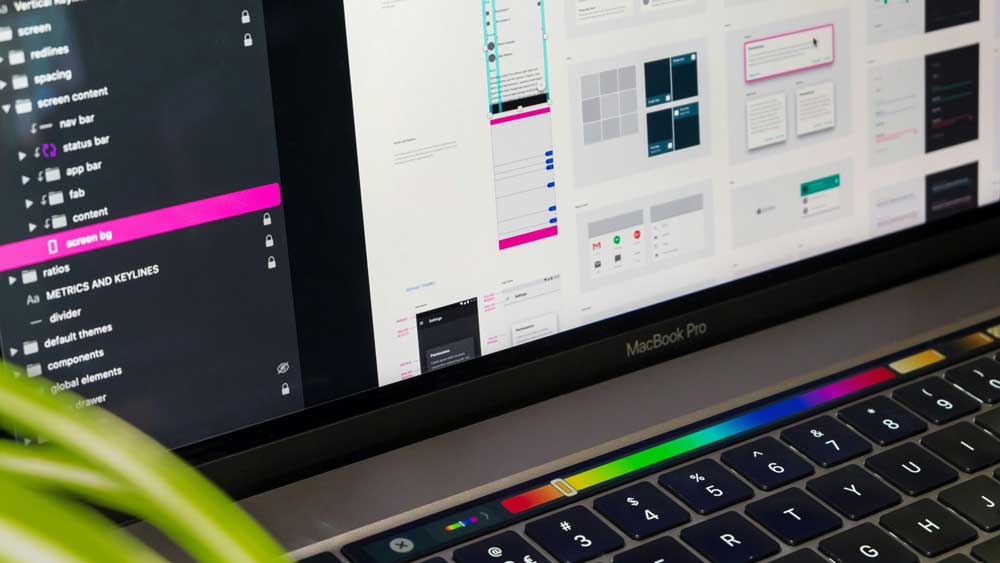In the dynamic landscape of digital interfaces, where users engage with a myriad of products and services, the role of Interface & Product Design has become more critical than ever. Whether navigating an e-commerce platform or interacting with a dashboard, users crave not only functionality but a visually appealing and intuitive experience. Let’s explore how Interface & Product Design shapes our digital interactions, particularly in the realms of e-commerce and dashboards.
The Foundation: Understanding User Experience (UX)
At the core of Interface & Product Design lies User Experience (UX) design. UX design is the process of enhancing user satisfaction by improving the usability, accessibility, and pleasure provided in the interaction with a product. In the context of e-commerce and dashboards, this involves understanding the goals, behaviors, and pain points of users to create an experience that is efficient, enjoyable, and aligned with their needs.
E-commerce Excellence
In the realm of e-commerce, the user interface is the gateway to a seamless shopping experience. From the homepage to the checkout page, every element is meticulously crafted to guide users through their journey. Key considerations in e-commerce design include:
- Clear Navigation: Intuitive menus, well-organised categories, and a straightforward navigation flow ensure that users can easily find what they’re looking for.
- Product Presentation: High-quality images, concise product descriptions, and user reviews contribute to an informed and confident decision-making process.
- Smooth Checkout Process: A simplified and secure checkout process minimises friction, reducing cart abandonment and fostering a positive user experience.
- Responsive Design: With users accessing e-commerce platforms from various devices, responsive design ensures a consistent and user-friendly experience across desktops, tablets, and smartphones.
- Personalisation: Tailoring recommendations and content based on user preferences enhances engagement and encourages repeat visits.
Dashboards: A Window into Data
Dashboards serve as command centres for users to access and interpret data. Whether in business analytics, project management, or social media insights, effective dashboard design is essential for clarity and usability. Key considerations in dashboard design include:
- Data Visualisation: Clear and compelling data visualisations, such as charts and graphs, simplify complex information and aid in quick comprehension.
- Customisation: Users should have the ability to customise their dashboards, arranging and prioritising elements according to their preferences and priorities.
- Real-time Updates: For dashboards dealing with dynamic data, real-time updates ensure that users have access to the most current information.
- Hierarchy and Prioritisation: A well-defined hierarchy of information and effective prioritisation guide users’ attention to the most critical insights.
- Collaboration Features: In collaborative settings, features like commenting, sharing, and exporting data contribute to a more interactive and productive user experience.
The Marriage of Aesthetics and Functionality
Effective Interface & Product Design is the marriage of aesthetics and functionality. While a visually pleasing design captures attention, it’s the seamless integration of features and ease of use that keeps users engaged. Striking this balance is particularly crucial in e-commerce, where visual appeal can influence purchasing decisions, and in dashboards, where users need to quickly extract actionable insights.
User Feedback and Iteration
The design process is an iterative journey that involves continuous improvement based on user feedback and analytics. Conducting usability tests, gathering user feedback, and analyzing user behavior are integral components of refining and optimizing interfaces. This iterative approach ensures that the design aligns with evolving user needs and expectations.
Accessibility and Inclusivity
In an era of increasing digital inclusivity, Interface & Product Design must prioritise accessibility. This involves designing interfaces that are usable by people with diverse abilities and needs, ensuring that everyone, regardless of disabilities, can navigate and interact with digital products seamlessly.
The Future of Interface & Product Design
As technology continues to advance, the role of Interface & Product Design will evolve. The integration of emerging technologies such as augmented reality (AR) and artificial intelligence (AI) will introduce new possibilities and challenges. Designers will need to adapt to these changes, ensuring that interfaces remain not only visually appealing but also aligned with the changing landscape of user interactions.
In Conclusion
Interface & Product Design is the silent conductor orchestrating our digital interactions. In the realms of e-commerce and dashboards, it goes beyond mere aesthetics, delving into the intricacies of user experience, functionality, and accessibility. Whether users are making a purchase with a few clicks on an e-commerce platform or interpreting complex data through an insightful dashboard, effective design ensures that these interactions are not just transactions but experiences that resonate and endure. As digital landscapes continue to evolve, the importance of thoughtful and user-centric Interface & Product Design will only grow, shaping the way we navigate and interact with the vast digital universe.
If you found this article interesting or if you have something similar on your list of projects to complete feel free to reach out to us and we can have a chat about how we can help!
Photo by Tirza van Dijk on Unsplash

